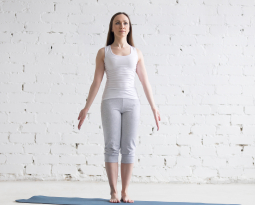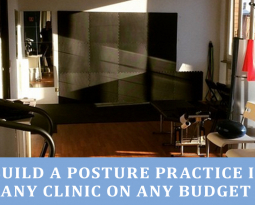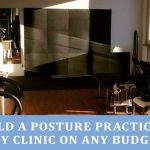
Systematize Your Posture Exams to Optimize Your Outcomes
Why Perform Posture Exams?
The physiologic effects of better posture are astounding in terms of investment. With proper posture there is an open chain of communication from the brain to the body controlling the function of each of the vital organ systems. When the human framework is aligned properly, it moves more efficiently. Proper posture helps patients move better, with minimal fatigue and decreased compression of the joints and connective tissues of the postural system.
The results are evident, and even better; your patients understand it. They understand that posture is important to their health, and they understand that when postural distortion patterns are present on their posture images that this is a negative indication of their current state of health.
By objectively evaluating your patients, you can engage them in the process of postural correction. The process begins with an accurate posture examination. For best results, perform posture photos with the necessary equipment and procedures.
Acquire a Posture Exam Toolkit:
The implementation of postural diagnostic equipment is very minimal in terms of the return on investment rendered.
For accurate posture photos you need a posture grid and the Posture Diagnostic App for your Ipad. The Posture Diagnostic App is so comprehensive, the material needed for postural analyses are quite minimal. To ensure accuracy of the photos the patient should stand in front of a posture grid. This ensures the picture is being taken correctly, and easily demonstrates postural distortions to the patients once the photos have been analyzed and printed.
Inadequate materials lead to negative brand image and mediocre clinical results. Acquire the materials that help you more successfully serve your patients.
Systematize Your Procedures:
Operational efficiency requires systematized procedures. To ensure clinical accuracy the procedures for postural analyses should be standardized and performed the same way each time. Systematized procedures not only make your job easier, they make your results more consistent.
When taking posture images, invest in an Ipad stand to hold the device still in the correct position while taking the photo. Mark a spot on the floor where the stand will be placed. Then mark a spot where the postural specialist will stand to take the photo, and where the patient will stand while having their photo taken.
Prompt them to have normal, natural posture by using the Wade Technique for Postural Analysis. To ensure that the patient is in their natural state of posture, have them breath in, then breath out and let their shoulders collapse to their normal position. Also have the patient close their eyes during the photo to ensure accuracy. By eliminating their visual sensory feedback they will be reliant on their proprioception for balance.
Posture images are the most accurate if they are taken with the patient’s shirt off to see their anatomy more clearly (this is not possible in all circumstances, such as public screenings, but should be the standard in your clinic). The patient should also have their shoes off, and their hair pulled back with visibility of the earlobe and the shoulder.
Once the patient is in proper position, make changes if necessary to the position of the Ipad. Take the photo from the anterior aspect of the patient, and then have them turn to the side and take a lateral photo. Lastly, have them turn and face the wall, taking a photo from the posterior aspect of the patient.
Monitor Patient Progress:
With systematized procedures, performing postural examinations is quick, easy, and highly effective for patient education. With an objective posture examination on the patient’s first visit, you can continue to monitor their progression throughout their treatment plan by doing posture re-examinations. Posture images showing the patient before and after beginning their treatment is an objective way for the doctor to analyze the clinical state of the patient, and an effective way to communicate the progress with the patient.
Pictures are worth a thousand words to a patient. When they can see their results, they understand the changes being made in their body (even if they still have chronic low back pain). Monitor their progress objectively by having systematized procedures in place.

















